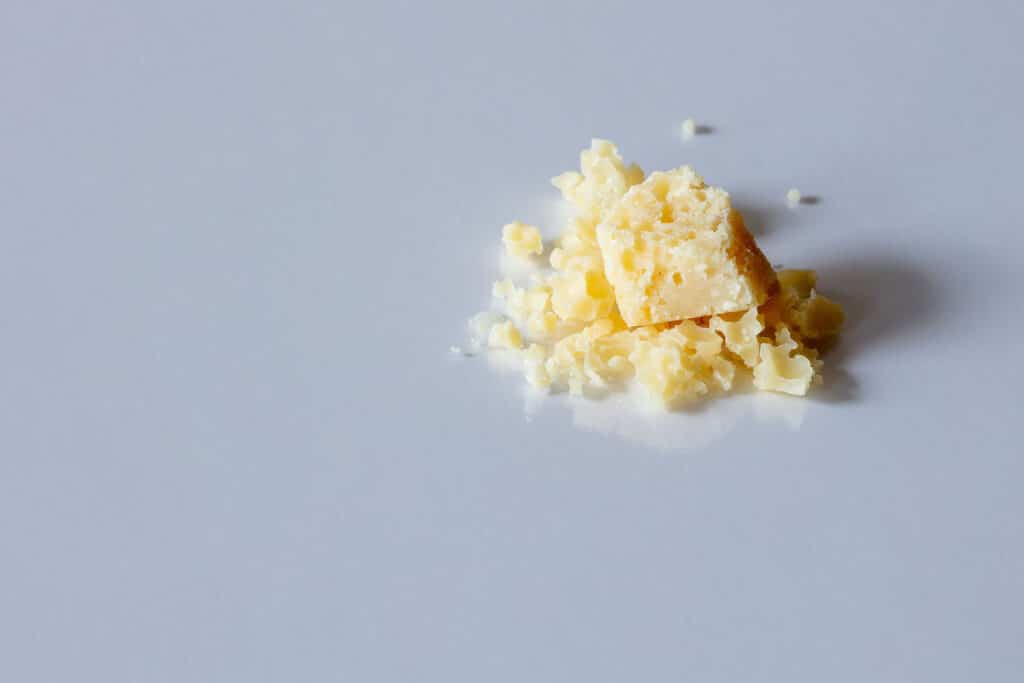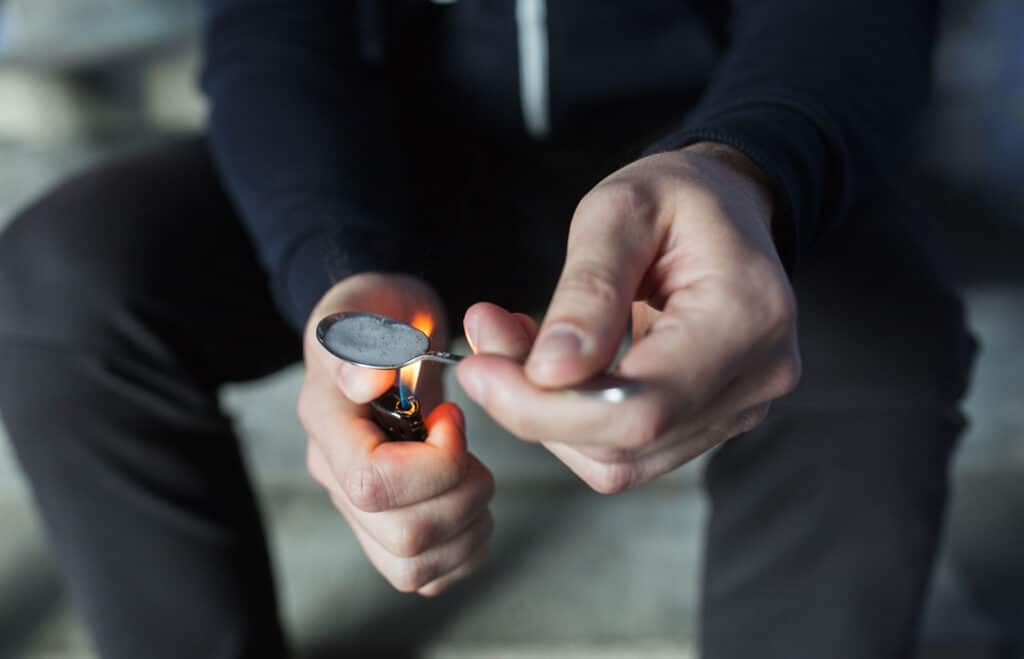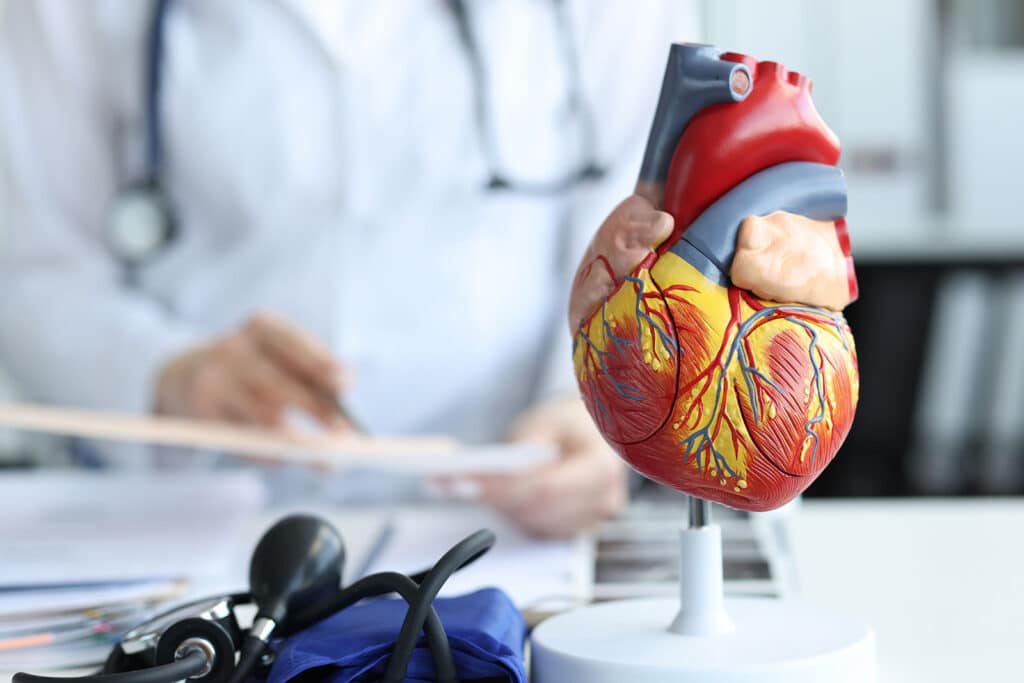The euphoric effects of crack cocaine hit rapidly and intensely, making it one of the most addictive stimulant drugs. Unlike powder cocaine, a white powder that is typically snorted, crack cocaine is a freebase form that is smoked, leading to an immediate and powerful high.
Crack cocaine is a highly potent stimulant that impacts the central nervous system, producing an intense but short-lived high. This powerful stimulant is derived from South America, where coca leaves are processed into powdered cocaine before being converted into crack. When smoked, the drug enters the bloodstream almost instantly, creating a rapid dopamine surge that results in extreme euphoria, increased energy, and heightened confidence.

However, this intensity comes at a cost. The high from crack cocaine typically lasts only 5 to 15 minutes, followed by an abrupt and severe crash that leaves users feeling anxious, irritable, and desperate to use again. The effects of cocaine use are further complicated by the production of cocaethylene, a toxic byproduct that forms when cocaine is combined with alcohol, significantly increasing the risk of overdose and cardiovascular issues.
So, how long does a crack cocaine high last, and what factors influence its duration? The answer depends on dosage, frequency of use, tolerance, metabolism, and the presence of other substances like opioids or alcohol. While the high itself is fleeting, the long-term consequences—both physical and psychological—can be devastating.
In this article, we’ll explore the effects of cocaine, the duration of its high, the crash that follows, and the serious risks associated with crack cocaine use, while also offering hope for those seeking recovery.
Table of Contents
- 1 How Crack Cocaine Affects the Brain
- 2 Immediate Effects of a Crack Cocaine High
- 3 How Long Do the Effects of Crack Cocaine Last?
- 4 Factors Influencing the Duration of the High
- 5 The Crash Following the High
- 6 Short-Term Side Effects of Crack Cocaine
- 7 Long-Term Side Effects of Crack Cocaine
- 8 Crack Cocaine Withdrawal Symptoms
- 9 Treatment and Recovery
- 10 Getting Treatment for Crack Cocaine Addiction
- 11 Takeaway
How Crack Cocaine Affects the Brain
Crack cocaine is a powerful central nervous system stimulant that rapidly affects dopamine levels in the brain. Dopamine is a neurotransmitter associated with pleasure, motivation, and reward. Under normal conditions, dopamine is released and then reabsorbed by neurons, regulating mood and behavior. However, when crack cocaine is smoked, it prevents dopamine reabsorption, leading to an intense surge of euphoria.
Unlike powder cocaine, which is often snorted and absorbed more slowly, crack cocaine enters the bloodstream almost instantly through the lungs, reaching the brain within seconds. This rapid dopamine spike creates a powerful but extremely short-lived high, reinforcing compulsive use and addiction as the brain quickly craves more of the drug.
Immediate Effects of a Crack Cocaine High
Once smoked, crack cocaine delivers an almost instantaneous rush, leading to:
- Euphoria & Intense Pleasure – Users feel an overwhelming sense of well-being and confidence.
- Increased Energy & Alertness – A sudden boost in physical energy and mental focus.
- Heightened Sensory Perception – Colors may seem brighter, sounds more intense.
- Decreased Appetite – Users may go hours without feeling hungry.
- Temporary Reduction in Fatigue – Feelings of exhaustion are replaced with alertness.
However, this high is fleeting, and users often experience a rapid and severe crash as dopamine levels plummet. This crash can lead to intense cravings, anxiety, paranoia, and depression, which often trigger repeated use and binge cycles.

How Long Do the Effects of Crack Cocaine Last?
The onset and duration of cocaine vary and depend solely on how the drug is ingested. Let’s take a look at the different ways it’s ingested and how long the high lasts.
| Method of Use | Onset of Effects | Duration of High |
|---|---|---|
| Injecting Cocaine (IV use) | 10-15 seconds | 15-30 minutes |
| Snorting Cocaine (Powdered Cocaine) | 1-3 minutes | 30-60 minutes |
| Gumming Cocaine (Oral/Buccal Use) | 1-3 minutes | 45-90 minutes |
| Smoking Crack Cocaine | 10-15 seconds | 5-15 minutes |
The methods that get cocaine into your system or bloodstream faster allow the drug to wear off faster. The high euphoria that one gets from smoking crack cocaine comes on very hard and very fast making it one of the most, psychologically addicting drugs. Once the high wears off, the drug leaves you craving more and more of it. A lot of times you will hear people say that they continue to smoke crack cocaine, trying to achieve that initial high and euphoria that they got when they took that first hit, and they are never able to obtain it.
Crack Cocaine vs. Powder Cocaine: Duration & Intensity
| Form of Cocaine | Onset of Effects | Peak High | Total Duration |
|---|---|---|---|
| Crack Cocaine (Smoked) | 10-15 seconds | 1-5 minutes | 5-15 minutes |
| Powder Cocaine (Snorted) | 1-3 minutes | 15-30 minutes | 30-60 minutes |
| Powder Cocaine (Injected) | Immediate | 5-10 minutes | 20-45 minutes |
Key Differences:
- Crack cocaine produces a much faster, more intense high but lasts for a significantly shorter time.
- Powder cocaine (snorted) has a slower onset but lasts longer (up to an hour).
- The rapid crash of crack cocaine leads to a stronger compulsive need to redose, increasing addiction risk.
Understanding the short-lived but intense nature of a crack cocaine high is crucial for recognizing the dangers of repeated use, addiction, and long-term consequences.
Factors Influencing the Duration of the High
The length and intensity of a crack cocaine high depend on dosage, method of use, metabolism, frequency of use, and purity.

Dosage: Larger doses create a more intense high but do not prolong it. Instead, they worsen the crash by rapidly depleting dopamine.
Route of Administration: Smoking vs Snorting vs Injecting
- Smoking (Crack Cocaine) – Reaches the brain in seconds, with a 5-15 minute high.
- Snorting (Powder Cocaine) – Slower absorption, lasting 30-60 minutes.
- Injecting (Powder Cocaine) – Immediate effect, 20-45 minutes high, but higher risk of overdose.
Smoking crack leads to the most intense and addictive cycle due to its rapid onset and short duration.
Metabolism: How the Body Processes Crack Cocaine
- Body fat & weight – Higher fat content slows metabolism.
- Liver function – A healthy liver clears the drug faster.
- Genetics – Some metabolize cocaine quicker, shortening its effects.
Frequency of Use: Tolerance Reduces Duration
Repeated use builds tolerance, meaning:
- The same dose produces a weaker high.
- Users increase dosage to feel the same effect.
- Highs become shorter, leading to binge use.
Purity of the Drug: Adulterants Matter
- Pure crack creates a stronger, immediate high.
- Adulterated crack (cut with baking soda, talcum, or fentanyl) may weaken or increase risks.
Crack cocaine produces an intense but short-lived high, with factors like dosage, tolerance, metabolism, and purity influencing its effects. Would you like me to refine this further?
The Crash Following the High
The crash that follows a crack cocaine high is often as intense as the high itself—only in the opposite direction. As the drug quickly leaves the system, users experience severe dysphoria, anxiety, depression, fatigue, and intense cravings. Many also report feeling irritable, restless, and emotionally unstable, struggling to regain a sense of normalcy.

This crash occurs because crack cocaine depletes dopamine and other neurotransmitters at an extreme rate. During the high, the brain is flooded with dopamine, creating euphoria and heightened energy. However, once the drug wears off, dopamine levels plummet, leaving the user in a state of emotional and physical exhaustion. Without sufficient dopamine, the brain struggles to regulate mood and motivation, contributing to severe depressive symptoms and an overwhelming urge to use again.
The intensity of the crash often drives compulsive use, leading users to take more crack to escape the discomfort. This binge-crash cycle can quickly spiral into addiction, as the brain becomes increasingly dependent on the drug to function. Over time, repeated crashes worsen mental health, increasing the risk of chronic anxiety, depression, paranoia, and cognitive impairment. Some long-term users develop persistent mood disorders and struggle with emotional regulation even after stopping the drug.
Breaking free from this cycle requires professional intervention and support, as the psychological grip of crack cocaine can be just as challenging as its physical effects. Seeking treatment can help restore brain chemistry, stabilize mood, and rebuild a healthier, addiction-free life.
Short-Term Side Effects of Crack Cocaine
The short-term effects occur immediately after smoking crack and can last anywhere from 5 to 15 minutes before the crash begins. These include:
- Euphoria & Intense Pleasure – A powerful but short-lived sense of well-being.
- Increased Heart Rate & Blood Pressure – A spike in cardiovascular activity, increasing the risk of heart attack or stroke.
- Dilated Pupils & Increased Body Temperature – A sign of central nervous system overstimulation.
- Enhanced Energy & Alertness – A sudden boost in energy and mental focus.
- Loss of Appetite & Weight Loss – Crack suppresses hunger, leading to rapid weight loss.
- Shortness of Breath & Chest Pain – Crack smoking irritates the lungs and can cause respiratory distress.
- Heightened Anxiety & Paranoia – Some users experience intense nervousness or paranoia shortly after smoking.
- Compulsive Drug-Seeking Behavior – The short high leads to binge use, increasing addiction risk.
Severe Risks
- Cocaine Overdose – Can cause seizures, heart failure, or stroke.
- Risk of Sudden Death – Even first-time use can lead to fatal cardiovascular collapse.

Long-Term Side Effects of Crack Cocaine
Long-term effects of crack cocaine use has serious health consequences affecting nearly every system in the body.
Physical Health Problems
- Cardiovascular Damage – Chronic use weakens the heart, creates high blood pressure, damages blood vessels, and increases the risk of stroke, heart attack, and aneurysm.
- Lung & Respiratory Issues – Chronic cough, lung infections, and respiratory failure due to repeated smoking.
- Neurological Damage – Crack alters brain structure, leading to memory loss, reduced cognitive function, and decision-making difficulties.
- Severe Weight Loss & Malnutrition – Prolonged use leads to muscle wasting and severe malnutrition.
- Hepatitis & Infections – Crack cocaine users who share pipes or needles have a higher risk of hepatitis and other infections.
Mental Health Effects
- Paranoia & Hallucinations – Long-term use can cause cocaine-induced psychosis, leading to severe paranoia, delusions, and auditory hallucinations.
- Severe Depression & Anxiety – Chronic use depletes dopamine, making it difficult for users to feel pleasure without the drug.
- Emotional Instability – Users may experience violent mood swings, aggression, or suicidal thoughts.
Social & Economic Consequences
- Addiction & Substance Use Disorder – Crack cocaine has one of the highest addiction potentials, leading to compulsive use and dependency.
- Financial Ruin – Addiction often leads to job loss, financial instability, and legal issues.
- Legal Consequences – Crack cocaine possession can lead to arrests, incarceration, and long-term legal problems.
- Damaged Relationships – Addiction often results in estranged family relationships, loss of trust, and isolation.
Crack Cocaine Withdrawal Symptoms
Crack cocaine withdrawal is primarily psychological rather than physical, but it can be intensely distressing and lead to severe cravings and emotional instability. The withdrawal process varies depending on duration of use, frequency, and dosage, but most users experience several key symptoms after stopping use.
Psychological Symptoms
- Intense Cravings – A powerful urge to use crack again, often leading to relapse.
- Severe Anxiety & Restlessness – Users feel extreme nervousness, agitation, and paranoia.
- Depression & Suicidal Thoughts – Dopamine depletion leads to persistent sadness, hopelessness, and emotional numbness.
- Irritability & Mood Swings – Users may experience uncontrollable anger and frustration.
- Hallucinations & Paranoia – Some users experience cocaine-induced psychosis, causing delusions and paranoia even when sober.

Physical Symptoms
- Fatigue & Extreme Lethargy – The body crashes after overstimulation, leading to severe exhaustion.
- Increased Appetite & Weight Gain – Users may binge eat as metabolism stabilizes.
- Body Aches & Muscle Pain – Aches and discomfort are common.
- Headaches – Often caused by dopamine imbalances and dehydration.
- Insomnia or Excessive Sleeping – Users either struggle to sleep or sleep for long hours as the body recovers.
Cognitive Symptoms
- Difficulty Concentrating – Brain fog and slowed cognitive function are common.
- Memory Issues – Users may experience short-term memory loss or difficulty processing information.
Withdrawal Timeline
| Timeframe | Symptoms |
|---|---|
| First 24-48 Hours | Cravings begin, extreme fatigue, irritability, restlessness. |
| Days 3-5 | Cravings peak, anxiety, depression, paranoia, intense mood swings. |
| Week 1-2 | Sleep disturbances, emotional instability, lingering cravings. |
| Weeks 3-4 | Psychological symptoms improve, but occasional cravings persist. |
| Months 1-3 | Post-Acute Withdrawal Syndrome (PAWS) – Ongoing mood swings, depression, and cravings may continue. |
Why Withdrawal Is So Intense
Crack cocaine creates a rapid surge of dopamine, but after stopping use, the brain struggles to produce dopamine naturally. This dopamine crash leads to prolonged feelings of emptiness, sadness, and cravings, making recovery difficult without professional support.
Treatment and Recovery
Despite its powerful grip, crack cocaine addiction is a serious form of substance abuse, but effective addiction treatment is available. Recovery requires professional healthcare intervention, as willpower alone is often not enough to overcome the intense cravings and psychological dependence. Treatment programs, including inpatient and outpatient options, provide structured support to help individuals regain control of their lives.

Behavioral therapies, such as Cognitive Behavioral Therapy (CBT), counseling, and support groups, play a crucial role in helping individuals rewire their thought patterns and develop healthier coping mechanisms. These treatment options are essential for addressing both the physical and psychological aspects of drug addiction.
Medical detox and structured rehabilitation programs—whether in an inpatient setting for intensive care or through outpatient treatment for flexible support—can help manage withdrawal symptoms and reduce the risk of relapse. Ongoing therapy and peer support groups, such as Narcotics Anonymous (NA), offer continued guidance to help individuals maintain long-term sobriety and rebuild their lives.
If you or a loved one is struggling with drug abuse, help is available. Seeking professional treatment can provide the tools and support needed to break free from addiction and reclaim a healthier, more fulfilling life.
Getting Treatment for Crack Cocaine Addiction
The intense yet short-lived high of crack cocaine is followed by a severe crash, leading to overwhelming cravings, anxiety, and depression. This cycle fuels its highly addictive nature, making it one of the most dangerous and difficult substances to quit. The physical and psychological toll of crack cocaine use can be devastating, but recovery is possible with the right support.
If you or a loved one is struggling with crack cocaine addiction, you are not alone. At Recreate Life Counseling, our addiction specialists are available 24/7 to provide evidence-based treatment and guide you toward a lasting recovery. Take the first step today—call us now and start your journey to a healthier, drug-free life.
Takeaway
While the high from crack cocaine is intensely euphoric, it is also fleeting—typically lasting only about five minutes. This short-lived effect often leads individuals to engage in repeated use, increasing the risk of developing a substance use disorder. At Recreate Life Counseling, we understand the challenges associated with crack cocaine addiction and offer comprehensive treatment programs tailored to address both the physical and psychological aspects of dependence. Our services include medically supervised detoxification, individualized therapy, and support for co-occurring mental health conditions, providing a holistic approach to recovery. If you or someone you know is struggling with crack cocaine use, seeking professional help can be a crucial step toward lasting sobriety and improved well-being.
Published on: 2020-09-24
Updated on: 2025-05-30



